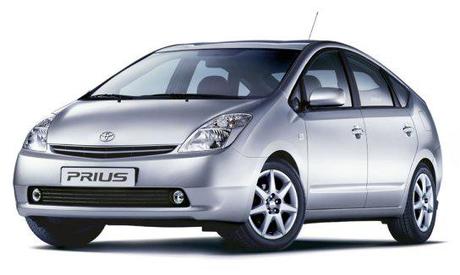Although there are government incentives across the world for the increase in the numbers of electric vehicles there has still been a limited uptake by the general population.

One of the main hurdles to the growth of uptake of electric cars is the lack of recharging infrastructures, although this is something that is also in development. Currently, some drivers are discouraged from buying an electric vehicle as they suffer ‘range anxiety’ – the fear that the vehicle will run out of charge before you reach your destination. There are various government initiatives to put the necessary charging infrastructure in place. In the UK, for example, the British government has a programme called Plugged-In Places, with plans to install charging points in public car parks across the nation.
The main attraction of electric cars is their eco-friendliness, as with many other new car offers on the market today. Electric vehicles do benefit air quality at point of use, as they produce no emissions like particulates, carbon monoxide, lead and hydrocarbons while being driven. However, the benefits to air quality are local, as the production of electricity used to recharge the batteries still produces emissions at generation plants.
Still, it looks as though the electric vehicle industry will continue to grow. The US government has assigned federal grants of US$2.4 billion for the development of the electric car industry and China is pledging US$15 billion for its electric car industry. Other governments offer subsidies and tax rebates to individuals purchasing an electric vehicle.
Today, two of the world’s top-selling electric production vehicles are the Mitsubishi I MiEV and the Nissan Leaf, while hybrid pioneers Toyota and Honda have not been able to compete in the field of electric vehicles. President Obama has announced his ambition that the USA would be the first country to have over 1 million electric vehicles on the road by 2035.
[image source: toyota.ca]

